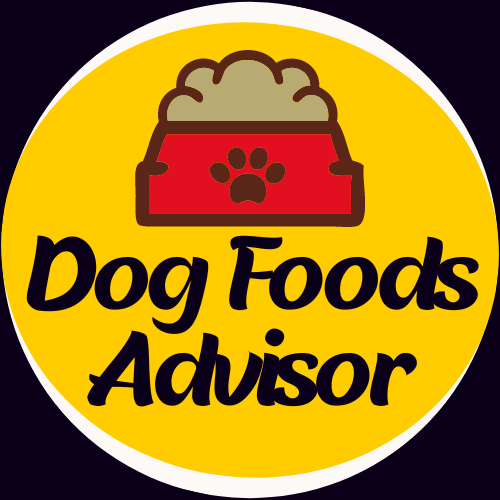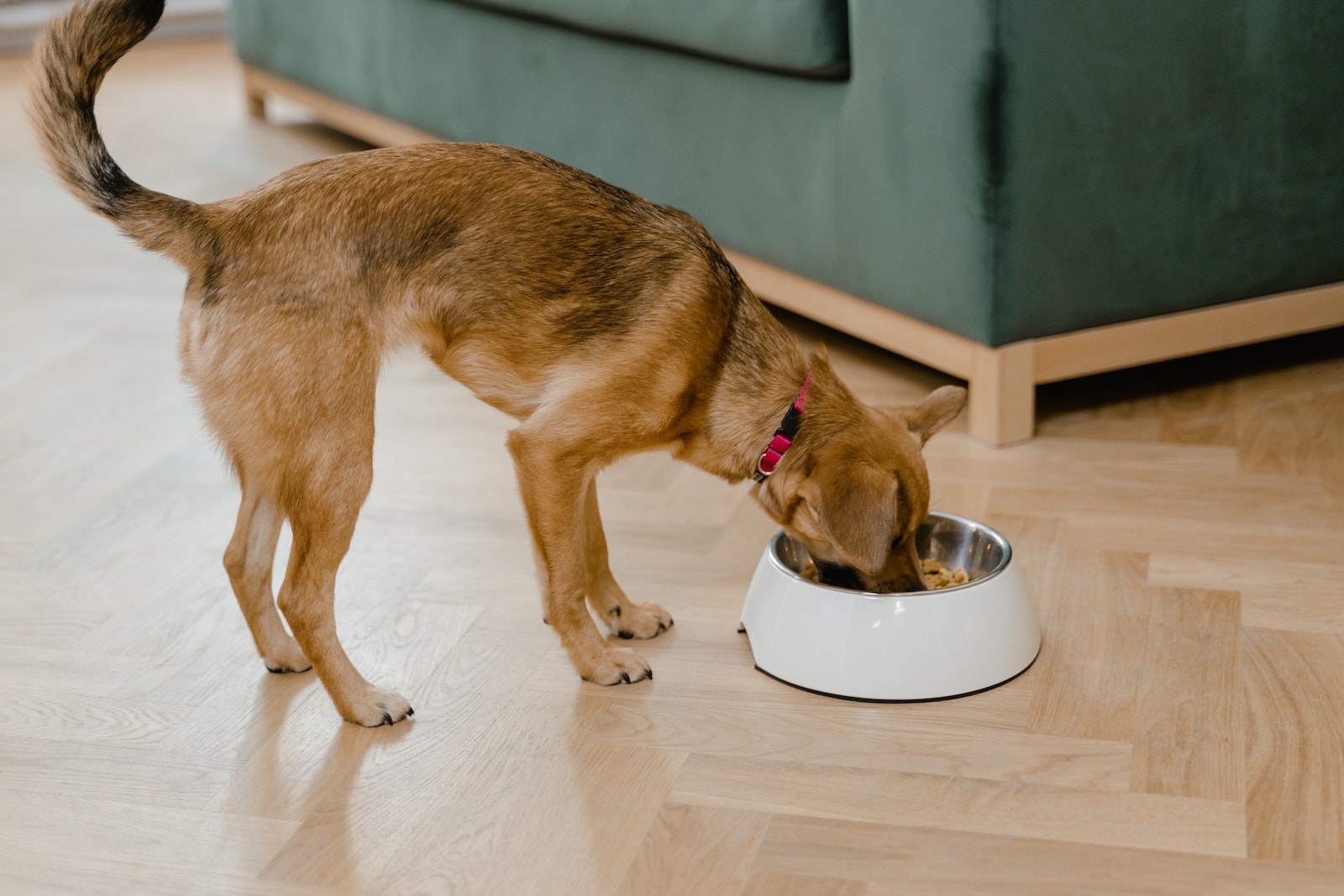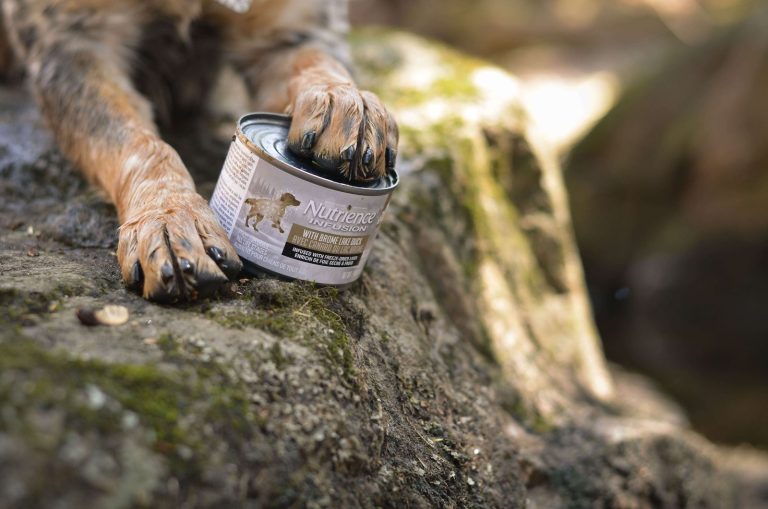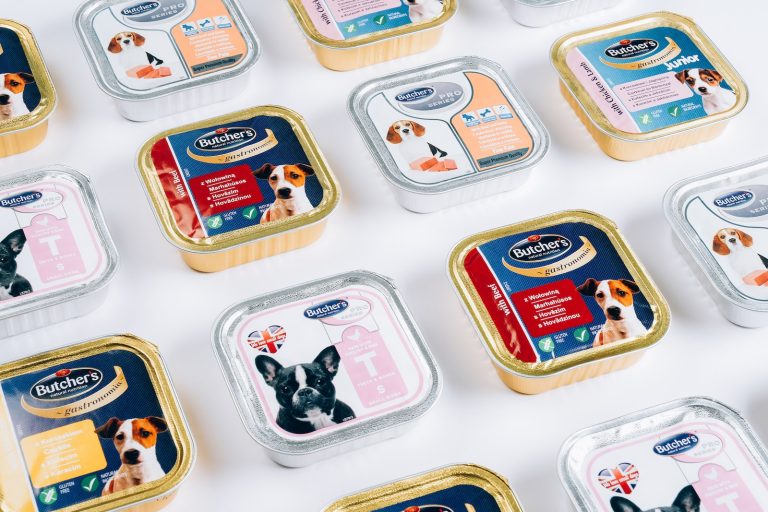How to properly serve wet dog food
Are you tired of throwing out half-full cans of wet dog food because your furry friend won’t finish it? Or worse yet, have you ever worried about the health risks associated with serving contaminated or spoiled pet food? Fear not! In this post, we’ll share some tips and tricks on how to properly serve wet dog food and avoid waste and contamination. From portion control to storage techniques, we’ve got everything covered so that you can give your pup a nutritious meal without any fuss. So, let’s dig in!
Table of Contents
- What is Wet Dog Food?
- How is Wet Dog Food Prepared?
- Waste and Contamination Risks
- Properly Serving to Avoid Waste and Contamination
What is Wet Dog Food?
Wet dog food is typically a mix of meat, bone, and other ingredients that are cooked together and then either served cold or pre-cooled to prevent spoilage. It’s important to properly serve wet dog food in order to avoid waste and contamination.
There are several ways to serve wet dog food:
- Serve hot, right out of the pan. This is the most popular way to serve wet dog food and it’s perfect for people who want their dog to eat quickly. Just make sure that you add enough water or broth to completely cover the food dish.
- Pre-cool wet dog food before serving it cold. Adding some ice or cold water will slow down the cooking process and help preserve nutrients in the food. This option is best for people who have trouble keeping their kitchen cool or for dogs who don’t like cold foods (like puppies). Just make sure that younker if possible since this type of preparation can cause spoilage.
- Serve pre-cooked wet dog food chilled or frozen. Frozen wet dog food is especially convenient for people who have lots of dogs at once or for anyone who just doesn’t have time to cook their own meals on a regular basis. Just allow enough time for the food to thaw before serving it to your pet(s).
Whichever method you choose, be sure to follow safety guidelines when preparing and serving your pet’s meal: clean up any messes quickly and thoroughly, avoid letting food sit in the dish for more than a few minutes, and never feed your dog anything that looks or smells spoiled.
How is Wet Dog Food Prepared?
Wet dog food is prepared in a similar way to dry food, but with a few key adjustments.
- First, water is added to the food until it reaches a wet consistency. This prevents dehydration and ensures that the meat and vegetables are kept moist as they cook.
- Second, wet food is frequently cooked over low heat to prevent bacteria from multiplying.
- Finally, wet food is often served chilled or at room temperature to avoid spoilage.
Wet dog food is a popular option for those who want to feed their pets food that is both tasty and easy to digest. However, many people don’t understand how wet dog food is prepared, which can lead to waste and contamination problems.
Wet dog food generally refers to a type of pet food that is prepared by blending fresh or frozen meat with water. This blend is then packaged in either kibble or rawhide shapes and offered in various flavors.
The primary benefit of wet dog food is that it’s easy to store and transport. Kibble is compact and easy to store, while rawhide can be frozen for extended periods of time. Additionally, many wet dog foods are high in protein and other essential nutrients, making them a good choice for pets that need more sustenance than dry pet foods offer.
However, like any type of pet food, there are several important factors to consider when feeding wet dog food to your furry friend. First and foremost, make sure you always clean your hands before preparing the food. This will help prevent the spread of bacteria and other contaminants throughout your home.
Next, it’s important to make sure the meat used in wet dog foods is fresh or frozen Immediately Upon Removal from the Processed Food Supply Chain (PFC). This means rotating your stock regularly so that only fresh or frozen meat goes into your pet’s meal mixture. Once the meat has been processed, it’s no longer suitable for human consumption , which can lead to health problems for your pet.
Lastly, keep wet dog food chilled or at room temperature to avoid spoilage. This will help inhibit the growth of bacteria, which can cause problems like diarrhea and vomiting in dogs.
Waste and Contamination Risks
Serving wet dog food presents a number of potential waste and contamination risks, which could lead to illness for both you and your pet. Wet dog food can become contaminated with bacteria, parasites, and viruses if it is not properly stored or served.
The most common sources of bacterial contamination are unclean surfaces or improperly disposed of sewage sludge that has been used to fertilize gardens. Parasites can be carried in the feces of infected animals or on soil that has come into contact with their feces. Viruses are more difficult to contain, as they can be spread through contact with saliva, blood, or other fluids.
By serving your pet wet food only when they are actually thirsty and eating only fresh clean water, you can minimize these risks and ensure a healthy relationship between you and your furry friend.
Properly Serving to Avoid Waste and Contamination
Wet dog food should be served in a container that is designed for the purpose, such as a plastic kibble dish or a pet bowl. The food should be placed in the center of the dish and not surrounding the edges.
The dish should then be covered with a towel or other dampened item to avoid any water droplets from dispersing on nearby surfaces. Once wet dog food has been served, it should not be left out on the counter or table where other cats and dogs can access it.
It is important to dispose of wet dog food in a way that does not contaminate the environment. Pets should not be given their dinner from the litter box, and wet dog food should preferably not be placed in the trash. Instead, it should be disposed of in a designated compost pile or recycled.
Conclusion
It is important to keep your dog food waste and contamination under control by properly serving their wet dog food. When using a slotted spoon, portions should be small enough so that the moisture does not form pools on top of the food.
Never feed directly from pet dishes onto the ground as this can contaminate other animals or areas with food waste. Finally, cleanup is easy – just dump all of the dog food and kitchen scraps into a garbage bin, not into your garden where it will take years for decomposition to do its job!





